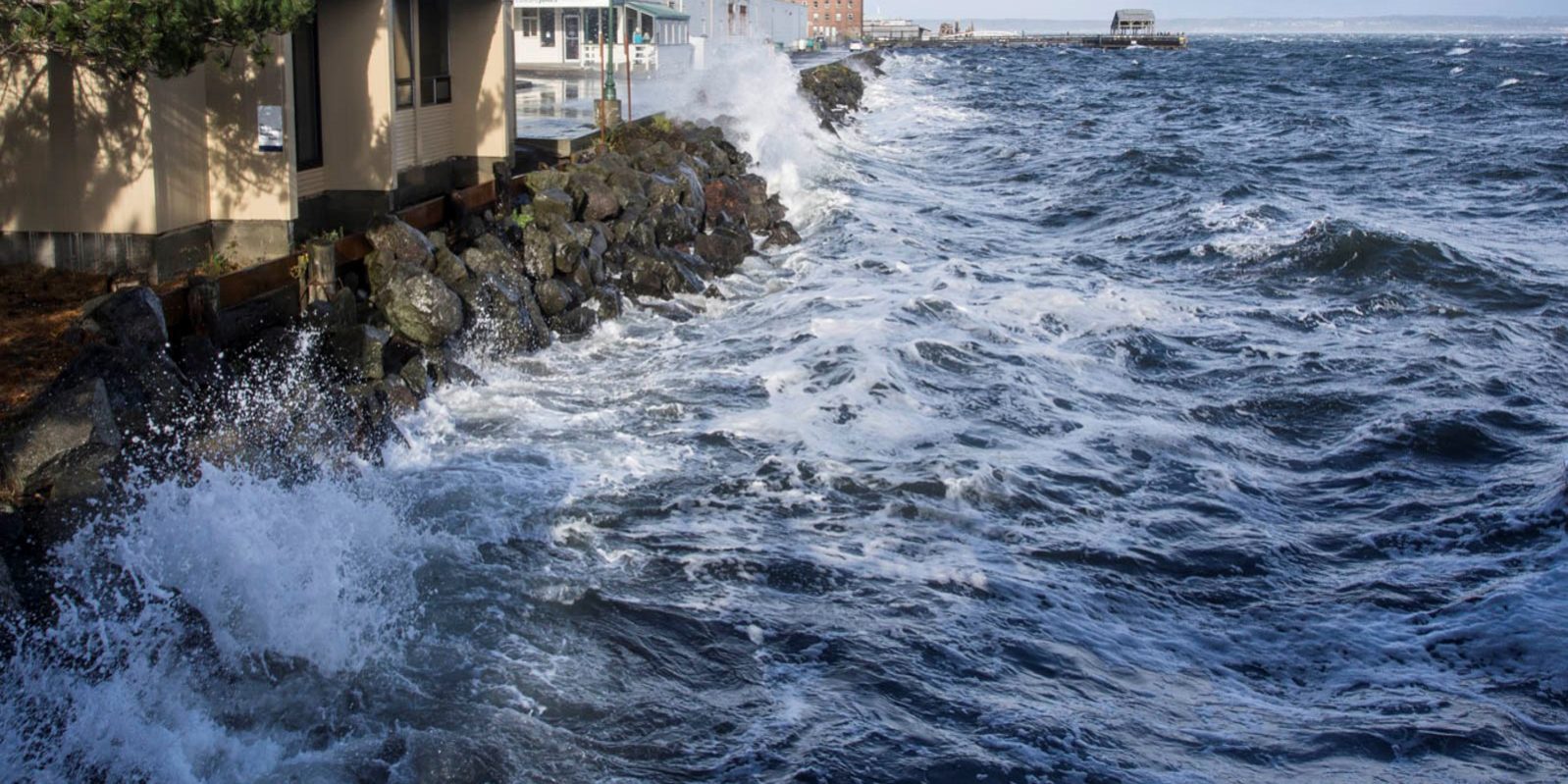Here is Local 20/20’s latest Resilience Review column in the Port Townsend Leader (thank you, PT Leader!). It is copied below.
By Cindy Jayne
After a hot, dry summer with wildfire smoke a new normal for Jefferson County, let’s consider climate change projections for our area that might affect the coming winter, and how we can prepare.
Projections from the Planning for Climate Change on the North Olympic Peninsula report (noprcd.org) include wetter winters and an increase in extreme rain events. We saw an example of this a few months ago – on August 11 heavy showers resulted in local reports of nearly an inch or more of rain. Some storm drains overflowed, and I still can see the path the water took in my yard.
What can you do to prepare? Especially in the fall, it is important to make sure storm drains stay clear, so check the ones around your neighborhood and clear the nearby leaves. In your yard, consider reducing impervious surfaces such as concrete walks and asphalt driveways. There are paving stones and concrete now available that allow water to filter through. Also, rain barrels can be a way to store the water, and then use it for outdoor watering. Or consider installing a rain garden to store and filter water. Finally, add compost and mulch to your planted areas. It reduces runoff significantly and keeps those important nutrients close to your plants’ root area.
Those living near streams know that intense rains along with rain on snow events can cause extreme flooding. Coastal areas are also at risk, since winter also brings higher tides. Given that we have already had ~6” of sea level rise in the last century in Port Townsend, a high tide with wind at the same time may cause flooding in areas not impacted previously. Jefferson County has great resources for reducing flood risk as well as for managing coastal erosion (see link below).
While fire danger should be low in the winter time, climate projections indicate increased risk in the future, so it is not a bad time to start preparing for next summer by reviewing the firewise.org resources on how you can minimize fire risk in your yard and house.
Projections for how average wind speeds will change with climate change currently are indeterminate, but we know winter can bring stronger winds. Be prepared for power outages by having flashlights, non-perishable food, water, and cooking options available. You can find more emergency preparedness information on L2020.org under the Emergency tabs.
For more information and links for the above items, go to https://tinyurl.com/y96pbhrs









Thank you for this information. I am on a campaign, however, against using the term “new normal”. It gives the impression that we are experiencing changed but static conditions when in reality we are undergoing an accelerating rate of change. This is important for people to appreciate. We can’t just learn to accommodate a “new normal”, but rather we must address what is causing the change.
Thanks for the comment, that is a great point that even the new changes we are seeing will continue to get worse, so they won’t be “normal” for very long! And certainly we here at Local 20/20 agree that we must focus both on reducing greenhouse gases as well as preparing for the impacts.